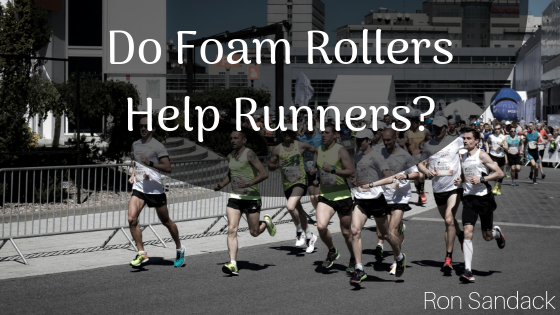Foam rolling. Does it actually work? Is it just a way of passing time? Could it look any more awkward? Professional runners swear by foam rolling as a way to boost performance, flexibility, and reduce muscle soreness. But is there scientific evidence to back these claims?
Make a random visit to a CrossFit gym and the one thing you are likely to come across is a group of runners grimacing and wincing as they roll on top of foam rollers… looking super awkward,
Foam rollers are cylindrical self-massagers that originated twenty years ago. Their popularity has continued to increase since that time. Today, you can easily walk into any sports store and purchase a variety of types of foam rollers.
Its advocates believe that foam rollers can assist in promoting recovery, reducing adhesions in your muscles, helping runners warm up, and make it easier for you to stretch. But despite having been around for close to two decades, there is still insufficient evidence to prove that they do, in fact, work as described, awkwardness notwithstanding.
Recent Developments
A German-based research team recently compiled all these studies into a single meta-analysis. Its mission was to establish the effect that rolling — either with a hand-held rolling stick or foam roller — had on a runners’ performance.
The team sought to check rolling’s effect on flexibility, jumping and sprinting. They also wanted to check whether it helped improve recovery with regards to reducing muscle soreness. In total, the Germans compiled twenty-one studies.
Of this, 14 studies focused on pre-rolling as a form of exercise warm-up. The remaining seven studies used rolling to aid with muscle recovery after taking part in an exercise routine. According to the results of the study published by Frontiers in Physiology, rolling had a positive impact on flexibility and sprint performance when performed as part of the warmup routine.
The team also established that it appeared to assist in reducing muscle soreness, and in maintaining strength and sprint performance when runners used rollers after exercising. Rolling before exercising enhanced flexibility by 4 percent and sprint performance by 0.7 percent.
Rolling after exercising enhanced strength performance by 4 percent and sprint performance by 3 percent. It assisted in reducing muscle soreness by up to 6 percent. These numbers may not appear significant, the fact that they are positive is encouraging. So, while the efficacy of rolling may not be all that impressive, runners looking to change their warm-up routine or add another post-run stretch may want to consider rolling … awkwardness aside.
So whether you partake in foam rolling or not, it is important to take care of your muscles before and after your run.
